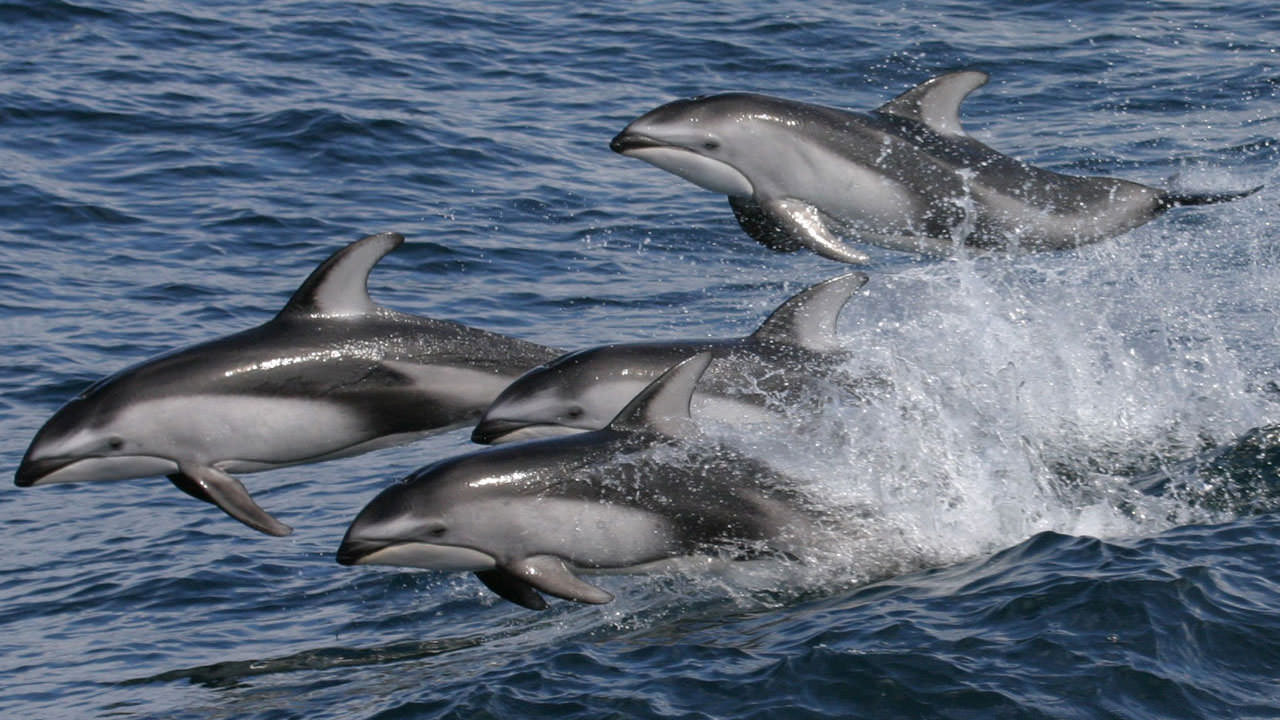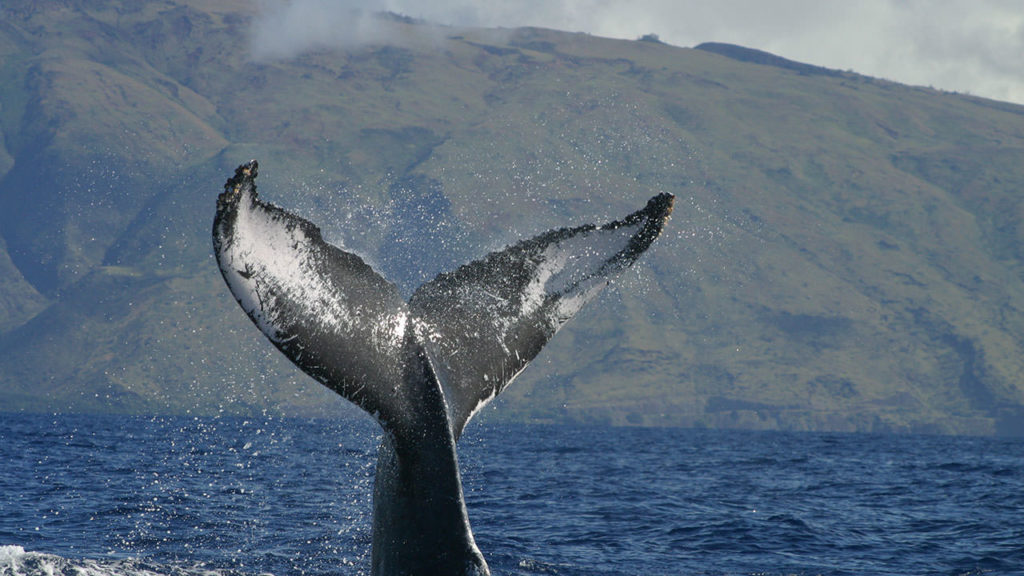
The Marine Mammal Protection Act Helps Protect Species
Signed into law in October of 1972 by then-President Richard Nixon, The Marine Mammal Protection Act (MMPA) was partially in response to concerns in the scientific community and the public that certain species of marine mammals were at risk for depletion or extinction as a result of human activity.
The intent of the law was to provide an ecosystem approach to wildlife management to prevent marine mammal populations from falling below sustainable levels and to take measure to replenish those species that have fallen below their optimum sustainable populations.
By taking the action, Congress recognized that marine mammals are great resources of international significance and should be protected and encouraged to develop and thrive. The primary management objective to create and maintain a healthy and stable marine ecosystem to allow marine mammals to survive in their natural habitats.
You can read the entire Marine Mammal Protection Act yourself on NOAA’s Fisheries website.
Benefits Of The Marine Mammal Protection Act
The MMPA protects marine mammal populations and their ecosystems.
Key Provisions
- Prohibits the taking of marine mammals, including hunting, capture, or harassment
- Enacts a moratorium on the import, export, or sale of marine mammals, or marine mammal parts within U.S. borders
- Prohibits harassment of marine mammals, including injuring a marine mammal, approaching them too closely, disturbing behavioral patterns such as migration, breeding, feeding, or sheltering.
Marine Mammal Management
Managing the provisions of the MMPA falls to the U.S. Fish and Wildlife Service in the Department of the Interior and the National Oceanic and Atmospheric Administration (NOAA) in the Department of Commerce. Congress further established the Marine Mammal Commission (MMC) as an independent government body to review policies and make a recommendation for implementation.
Under the Act, the U.S. Fish and Wildlife Service provides management and protection of otters, polar bears, manatee, dugongs, walruses, and other species. NOAA manages conservation efforts for seals sea lions, whales, and dolphins as well as other species.
Later amendments provided for stock assessments of all marine mammal stocks in waters within U.S. jurisdictions.

Wildlife Viewing In Sanctuaries Is Popular (And Encouraged)!
National marine sanctuaries offer lots of opportunities to see wildlife in their natural habitats. From manatees and whales to otters and sea lions, there are lots of marine mammal species that call sanctuaries home.
National Marine Sanctuaries Where You May See Marine Mammals
West Coast Region
Pacific Islands Region
Northeast and Great Lakes Region
Southeast Region
Ocean Etiquette
It is important to know the right way to interact with ocean wildlife. Improper behavior can cause problems by disturbing animals, injury to yourself or the sea creature, or damage habitats.
- Keep your distance and don’t approach too closely
- Don’t trap or corner them
- Keep your pets away
- Don’t touch, give water, or feed them
- If you think an animal is in distress, call the appropriate authorities
- Never try to push an animal back into the water or help it yourself
You make a difference for marine mammals no matter where you live by picking up litter, refusing single-use plastics, and choosing sustainably sourced seafood. Plastic bags and containers, litter, and debris pose some of the greatest risks to sea creatures and wildlife. If you are boating, keeping your distance and reducing your speeds in area wildlife frequent helps keep them safe. Finally, if you see someone that is not using proper ocean etiquette, it is an opportunity to politely educate them of the importance.
You can download your own copy of the Ocean Etiquette guidelines from NOAA.
If you are planning to visit one of our country’s amazing national marine sanctuaries, be better prepared for your trip by educating yourself.
